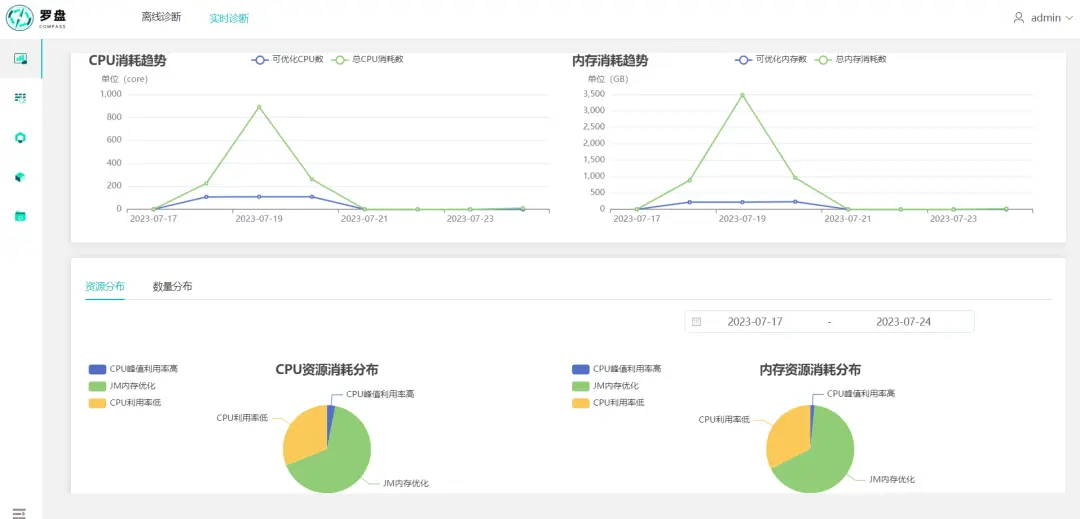C++空指针(nullptr)
在C语言中我们把空指针定义成NULL,但是这在C++中会有所问题,因为C++对指针类型转换比较严格。下面让我来深入了解一下NULL与nullptr。
NULL实际就是一个宏,在C头文件(stddef.h)中,可以看到如下代码:
#ifndef NULL
#ifdef __cplusplus
#define NULL 0
#else
#define NULL ((void *)0)
#endif
#endif
如此可知,C++中NULL被定义为字面常量0,C中NULL被定义为无类型指针(void*)的常量。
示例:
#include <iostream>
using namespace std;
void f(int x)
{
cout << "f(int x)" << endl;
}
void f(int* ptr)
{
cout << "f(int* ptr)" << endl;
}
int main()
{
f(0);
f(NULL);
// f((void*)0); // 报错:没有重载函数可以转换所有参数类型
f(nullptr);
return 0;
}

通过 f((void*)0) 我们可以知道C++对指针类型转换比较严格,无法将 void* 类型转换成 int*。所以C++11引入了一个关键字nulltr用来表示空指针。
nullptr是一种特殊类型的字面量,它可以转换成任意其他类型的指针类型。使用nullptr定义空指针可以避免类型转换的问题,因为nullptr只能被隐式地转换为指针类型,而不能转换为整型类型。
示例:
#include <iostream>
using namespace std;
int main()
{
//int a = nullptr; // 报错:error C2440: “初始化”: 无法从“nullptr”转换为“int”
int* p = nullptr;
return 0;
}


















